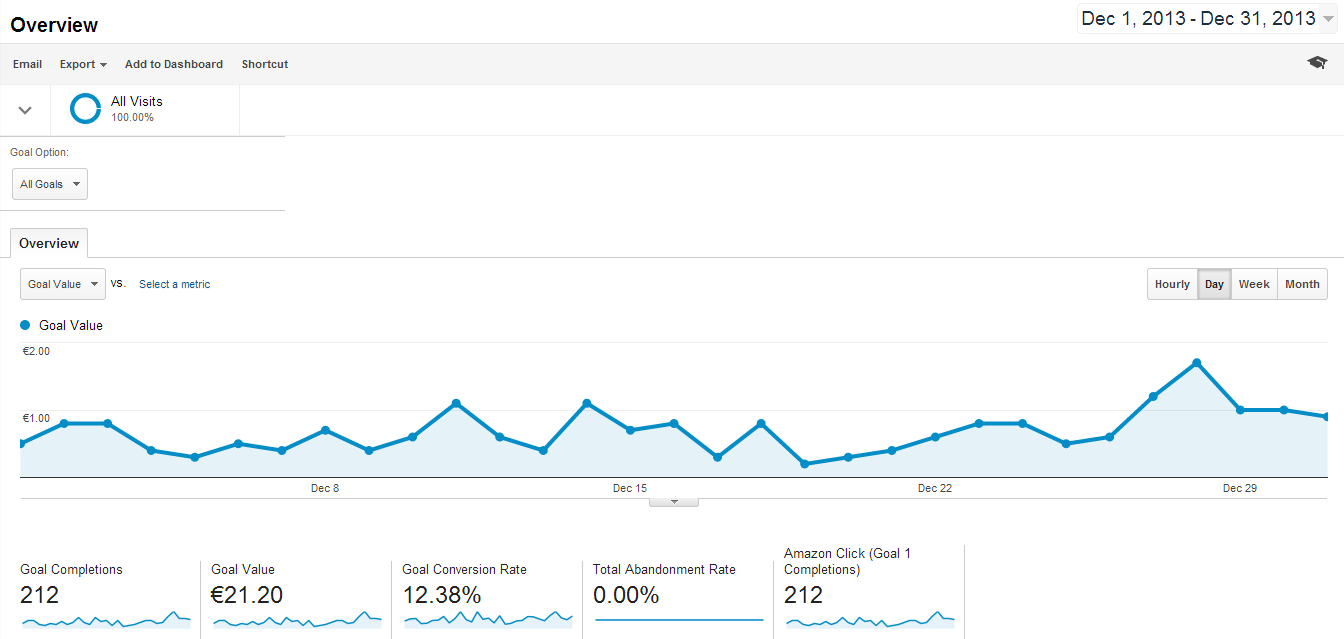What Data Is Google Analytics Goals Unable to Track: Find Out the Limitations
What Data Is Google Analytics Goals Unable to Track: Find Out the Limitations
Blog Article
Unveiling the Blind Spots: Comprehending What Google Analytics Goals Can not Determine
In the realm of digital analytics, Google Analytics stands as an effective device for tracking and evaluating online customer communications. Recognizing what Google Analytics goals can not measure is essential for obtaining a detailed view of user actions and interaction.
User Behavior on External Operatings Systems
Recognizing exactly how individuals communicate on external systems is critical for enhancing on-line strategies. Exterior systems, such as social networks networks, recommendation websites, and on the internet forums, play a considerable role in driving website traffic to a business's internet site. By evaluating customer behavior on these systems, businesses can get valuable insights right into the effectiveness of their advertising and marketing efforts and the choices of their target market.
One key element of customer behavior on outside systems is the reference source. By tracking where the individuals are originating from, businesses can determine which systems are driving one of the most traffic to their site. This info can aid firms assign their sources better, concentrating on the systems that yield the most effective results.

Offline Interactions and conversions
Examining customer behavior on outside platforms offers important insights into online techniques; nevertheless, thinking about offline conversions and interactions is similarly important for a detailed understanding of a firm's total efficiency. While Google Analytics succeeds at tracking on-line communications, it falls short in catching the total consumer journey that typically consists of offline touchpoints. Offline conversions, such as in-store acquisitions or phone questions, play a considerable function in several companies' success. Disregarding these interactions can cause an altered view of the effectiveness of advertising campaigns and overall organization efficiency.

Acknowledgment Beyond Last Click
When delving into the world of electronic advertising analytics, it ends up being important to look past the solitary touchpoint of the last click for a more extensive understanding of acknowledgment. While Google Analytics gives valuable insights into individual habits, counting solely on last-click attribution can be restricting - what data is google analytics goals unable to track. Acknowledgment versions that exceed the last click use a more nuanced view of the consumer trip, considering all the touchpoints that result in a conversion
Acknowledgment past the anchor last click allows marketing experts to assign credit report to numerous communications along the conversion course, offering a more clear image of the performance of various marketing networks. By checking out multi-touch attribution models such as straight, time degeneration, or position-based attribution, businesses can much better allot their advertising budget plans and optimize their approaches for optimal impact.
Understanding the impact of each touchpoint in the conversion procedure is important for making informed choices and maximizing ROI. By welcoming attribution past the last click, services can acquire much deeper insights right into client behavior and customize their advertising and marketing efforts better.
Cross-Device and Cross-Browser Tracking

Similarly, cross-browser tracking matches cross-device monitoring by capturing customer behavior as they change in between various internet internet browsers. Understanding how customers communicate with web sites on numerous internet browsers can aid marketing experts optimize their online experiences to ensure uniformity and functionality across different platforms.
Qualitative Data and User Intent
Understanding user intent through qualitative data analysis is critical for creating targeted electronic advertising and marketing approaches that reverberate with the demands and choices of the target audience. Qualitative data offers insights right into the 'why' behind customer activities, dropping light on motivations, emotions, and preferences that quantitative information alone can not record. By assessing customer comments, comments, and interactions, marketers more tips here can discover beneficial details about user intent, allowing them to customize their messaging, web content, and offerings to better align with what their audience is looking for.
Qualitative data also helps in comprehending the context in which individuals engage with a website or application. This contextual understanding makes it possible for marketers to develop more customized and relevant experiences, eventually driving higher involvement and conversion prices. By delving right into individual intent through qualitative information evaluation, companies can gain a much deeper understanding of their target market, resulting in more reliable advertising and marketing techniques that meet customers' expectations and requirements.
Final Thought
In conclusion, Google Analytics objectives have constraints in determining individual habits on outside platforms, offline conversions, acknowledgment past last click, cross-device and cross-browser tracking, and qualitative information associated with customer intent. what this contact form data is google analytics goals unable to track. It is important for services to be familiar with these dead spots in order to supplement their data analysis with other tools and approaches to gain an extra detailed understanding of their target market and enhance their overall digital advertising and marketing approaches
By assessing user actions on these systems, services can acquire important understandings into the effectiveness of their advertising and marketing initiatives and the choices of their target audience.
Assessing individual behavior on exterior platforms provides valuable insights right into on the internet strategies; nevertheless, considering offline conversions and interactions is just as imperative for an extensive understanding of a business's total efficiency.In digital marketing analytics, relocating past last-click acknowledgment to discover cross-device and cross-browser tracking is vital for obtaining a holistic understanding of user interactions throughout numerous systems and devices. By evaluating individual feedback, remarks, and interactions, online marketers can uncover valuable info regarding customer intent, allowing them to tailor their messaging, web content, and offerings to better align with what their target market is looking for.
By diving right into customer intent via qualitative information evaluation, companies can get a much deeper understanding of their target audience, leading to a lot more reliable marketing approaches that fulfill customers' requirements and assumptions.
Report this page